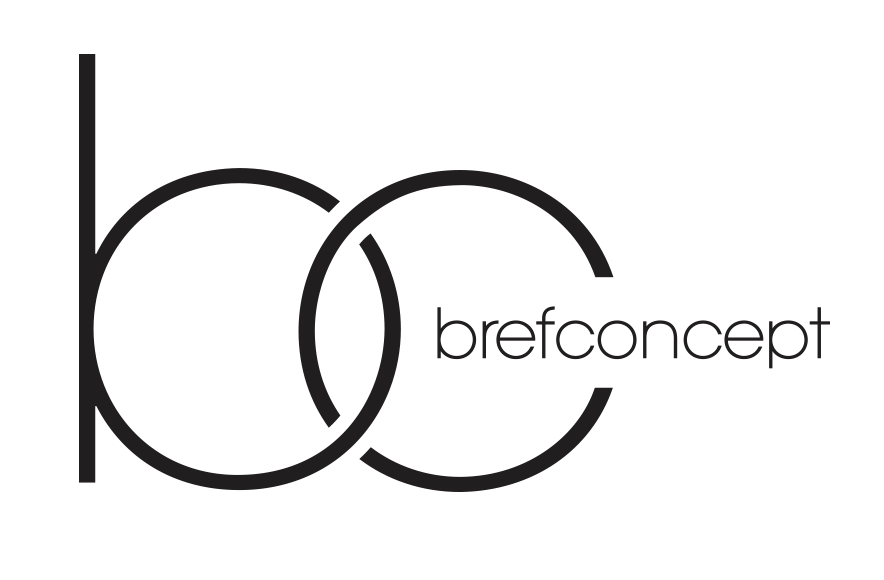The Future of Dystopian Books: What’s Next?
Dystopian literature has captivated readers for decades, offering a lens into the darker sides of society and human nature. From the chilling narratives of George Orwell to the thought-provoking tales of Margaret Atwood, these books compel us to confront our collective future. With confirmed updates from authors and publishers, along with user feature wishlists, we are poised to see a transformation in how these narratives are created and consumed.
In addition, by addressing the challenges ahead, authors and publishers can create a vibrant future for dystopian literature that reflects our ever-changing world.
However, the rapid pace of change in society can make it difficult for authors to keep their stories relevant and timely.
Predicted Timeline
Looking ahead, the following timeline outlines what readers can expect in the near future of dystopian literature:
- 2024: Anticipated releases of new dystopian novels focusing on environmental themes, with a spotlight on diverse authors.
- 2025: Launch of interactive e-books and augmented reality experiences that allow readers to engage with narratives in innovative ways.
- 2026: Increased collaboration between authors and technologists, leading to new storytelling formats that blend literature with digital media.
- 2027: A significant rise in dystopian stories that delve into the psychological effects of living in a divided society, reflecting current global tensions.
In conclusion, the future of dystopia books promises to be rich with innovation and diversity. As we look ahead, it’s essential to consider what the future holds for dystopia books. Authors from various backgrounds are being encouraged to share their unique interpretations of societal collapse.
With numerous adaptations and reimaginings of classic works, the question arises: what does the future hold for these iconic dystopian books? The creators have indicated a desire to highlight the relevance of Huxley’s themes in today’s world.
What Users Want
As adaptations continue to emerge, fans of dystopian literature have expressed their desires for various features and elements to be included in these projects. Authors and publishers need to find innovative ways to stand out in a crowded market.
Challenges Ahead
Despite the exciting possibilities, several challenges must be addressed to realize the future of dystopian literature: top dystopian books
- 2024: The reprints and special editions of classic dystopian literature are expected to hit the shelves, accompanied by promotional events and author discussions.
- 2025: Digital adaptations and interactive e-books are projected to become more prevalent, giving readers unique experiences with classic narratives.
- 2026: Anticipated film and series adaptations will begin to air, generating renewed interest in the source material and potentially sparking new discussions about the themes explored in these classics.
- 2027: The rise of community engagement platforms will likely materialize, fostering a vibrant ecosystem for readers to connect, discuss, and explore classic dystopian literature together.
In conclusion, the future of classic dystopian books is bright, driven by a blend of respect for the original works and innovative approaches to storytelling.
They want protagonists who are relatable and flawed, making their journeys resonate on a deeper level.
Challenges Ahead
Despite the promising outlook, several challenges may hinder the progression of dystopian novels:
- Market Saturation: As the genre gains popularity, there is a risk of oversaturation.
